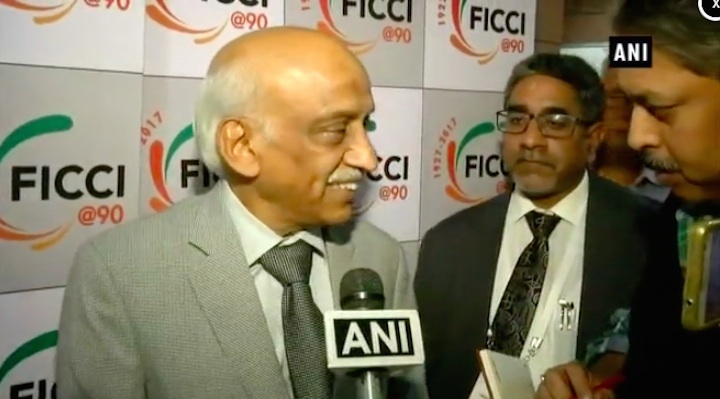22.11.2017

NEW DELHI: In a development that will revolutionalise the satellite launch system in the country, Indian Space Research Organisation (Isro) is developing a small launch vehicle that can be assembled in just three days as compared to 30-40 days for a normal-sized PSLV and can be built at a cost which will be just one-tenth the original manufacturing cost of a PSLV. The manufacturing cost of a launch vehicle is generally in the range of Rs 150 crore to Rs 500 crore across the world.
Dr K Sivan, director of Thiruvananthapuram-based Vikram Sarabhai Space Centre (VSSC),on the sidelines of an international seminar on 'Indian Space Programme' told TOI, "Isro is busy developing a small launch vehicle which is likely to be ready for launch probably by 2018-end or early-2019. The cost of this vehicle will get drastically reduced by one-tenth of the manufacturing cost of a normal PSLV. However, this rocket will have the total payload capacity of 500 to 700 kg and can launch satellites only up to the polar sun-synchronous orbit or near-earth orbit (500-700 km in altitude)."
India has a slew of satellites in the near-earth orbit that are used for the purpose of earth imaging, weather tracking and reconnaissance."The weight of this mini-PSLV will be just 100 tonnes as compared to 300 tonnes of the normal-sized launch vehicle," Dr Sivan said.
Great news! ISRO looks to rollout mini PSLV rocket made in just 3 days! Your chest will swell with pride
As ISRO is planning to have a big share in the market of nano satellites, these new small vehicle is only going to make India look good in the foreign market.

While Space X is trying to make space travel affordable for everyone, India’s very own Indian Space Research Organization is revolutionalising the satellite launch system in the country. ISRO is working to develop a small launch vehicle that can be built in just three days. As of now, to develop a normal sized launch vehicle around 30-40 days is required. The small launch vehicle will also be cost effective coming at one-tenth of the manufacturing cost of a PSLV. At present, the manufacturing cost of a launch vehicle can be anywhere between Rs 150 crore to Rs 500 crore across the world.
“The Indian Space Research Organisation is developing a small launch vehicle which should be ready by 2018-end or early-2019. By making this vehicle we will also save a lot of money, this small launch vehicle will be around one-tenth of the manufacturing cost of a normal PSLV. However, this mini rocket will have a payload capacity of 500 to 700 kg. But the mini-PSLV can launch satellites only up to near-earth orbit around 500-700 km in altitude,” said Dr K Sivan, director Vikram Sarabhai Space Centre (VSSC) according to a report in TOI.
Dr Sivan also said that the weight of this small launch vehicle will be just 100 tonnes. The normal sized PSLV weighs around 300 tonnes. In the near-earth orbit, there are many satellites launched by India that are used for earth imaging, weather tracking and reconnaissance.
There are many advantages of a small launch vehicle, Dr K Sivan said, “The amount of money used in building a normal-size PSLV rocket can actually be used to manufacture multiple numbers of such mini-PSLVs, which, in turn, can launch several satellites. So, Isro will be able to launch several satellites in less money.” Like a normal PSLV, he said, “Such small vehicles will be capable of launching multiple nano satellites.”
In order to handle the new market of nano satellites, ISRO was already in works to develop such a small rocket. As of now, foreign customer’s satellite, especially the nano satellites, are only seen as secondary passengers in big launch vehicles. As ISRO is planning to have a big share in the market of nano satellites, these new small vehicle is only going to make ISRO look good in the foreign arena. These rockets can be made in just three days on demand. Earlier this year, ISRO’s made a world record by launching 104 satellites in a single launch.
Meanwhile, the Foreign Secretary S Jaishankar said, “India believes that the outer space is an expanding frontier for exploration and “not an arena for international competition.” India has witnessed rapid strides made by our space programmes in the form of the SLVs, the SPLVs, the GSLVs, the GSLVS Mark III, and the satellite launching capacity today are aimed at 18-20 per year,” he said.
Quelle: FINANCIAL EXPRESS
